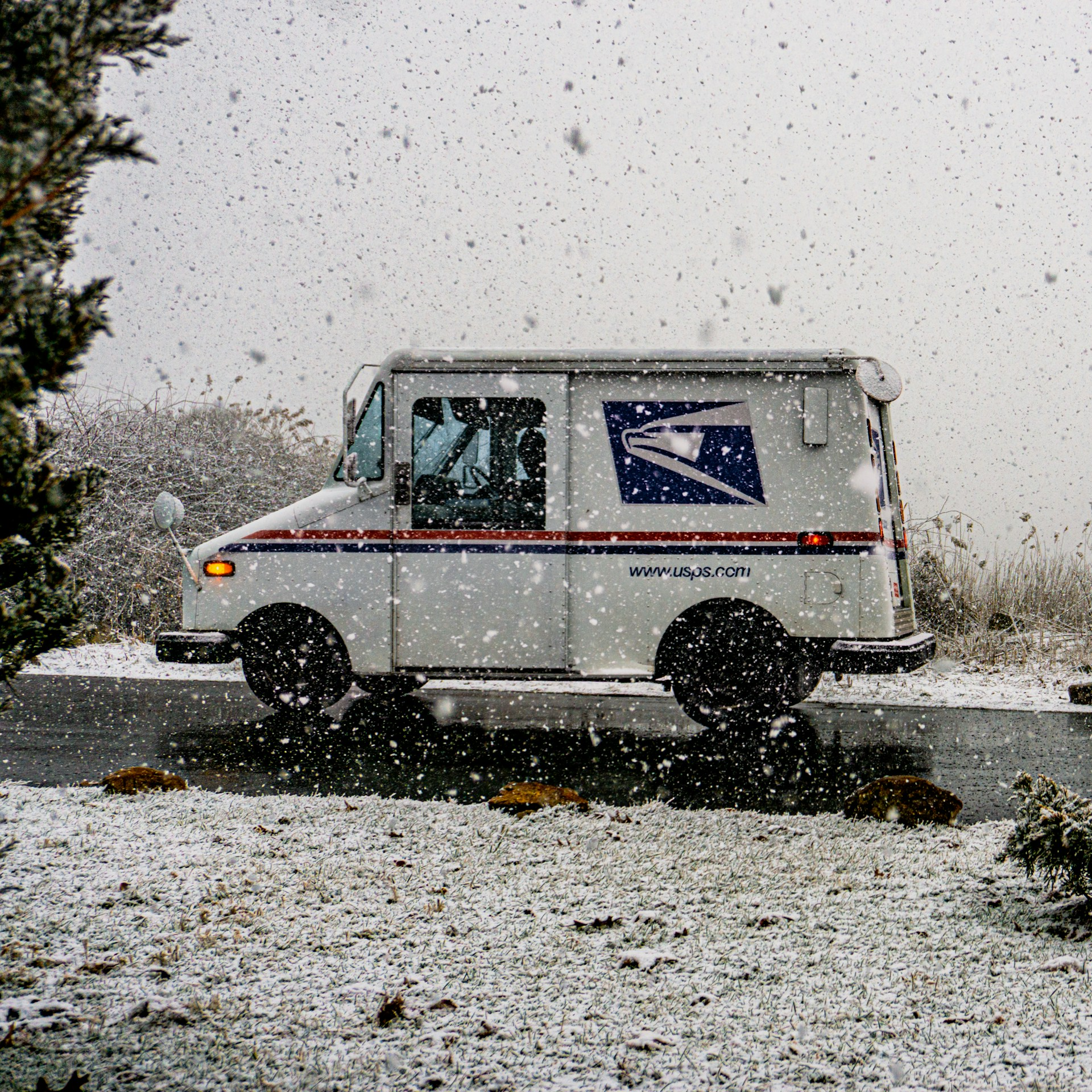Key Takeaways:
- Important Dates: The Postal Service Health Benefits (PSHB) Open Season runs from November 11, 2024, to December 9, 2024. This is your key window to evaluate and adjust your coverage.
- New System Launch: As of January 1, 2025, all USPS employees and retirees will transition from FEHB to PSHB, due to the Postal Service Reform Act of 2022.
Let’s Get You Ready for PSHB Open Season!
The Postal Service Health Benefits (PSHB) program is launching soon, with Open Season kicking off on November 11, 2024, and lasting until December 9, 2024. Whether you’re an active USPS employee or a retiree, it’s essential to understand how this transition affects you, and what steps you should take to ensure you’re covered for 2025.
The PSHB program is a new health insurance system created as part of the Postal Service Reform Act of 2022, and it officially rolls out on January 1, 2025. This program will replace the Federal Employees Health Benefits (FEHB) system for USPS workers and retirees. However, if you’re already enrolled in dental and vision insurance through FEDVIP, don’t worry—those plans remain unaffected.
So, what should you do during Open Season? Let’s dive into everything you need to know.
Mark Your Calendars for Open Season
First and foremost, don’t miss the Open Season window. From November 11, 2024, through December 9, 2024, this is your chance to enroll in a PSHB plan, review your current coverage, and make changes if necessary. Whether you’re switching plans or sticking with something similar to your current FEHB option, it’s important to log in, review your options, and confirm your choices.
The great thing is, you’ll automatically be moved into a PSHB plan that’s similar to your FEHB coverage, but it’s still wise to explore the new options and fine-tune your choices based on your personal needs.
The Launch of PSHB: What’s Changing?
The big shift happens on January 1, 2025. This is when USPS employees and retirees officially transition into the PSHB program. This change is part of a larger effort brought on by the Postal Service Reform Act of 2022, which aimed to modernize the USPS’s healthcare system and save costs.
While the switch to PSHB might sound overwhelming, the good news is that the basic framework is quite similar to the FEHB system you’ve been used to. You’ll still have a wide range of plan options to choose from, and federal contributions toward your premiums will remain the same. The main difference? It’s all now under the new PSHB umbrella.
What About Dental and Vision Coverage?
Here’s some relief: your dental and vision coverage won’t change under the new system. If you’re already enrolled in a plan through the Federal Employees Dental and Vision Insurance Program (FEDVIP), you’ll keep that coverage moving into 2025.
In fact, dental premiums are set to rise by an average of 2.97%, while vision premiums will only increase by 0.87%—a fairly modest increase, especially when compared to the rising costs of healthcare. So, rest assured that your FEDVIP coverage will continue without major disruptions.
PSHB Premium Breakdown for 2025
Let’s talk money—what are the expected costs under PSHB for 2025? The breakdown of average biweekly premiums is as follows:
- Self Only: $397.35 total, with you contributing $111.26 biweekly
- Self Plus One: $858.89 total, with your share being $240.49 biweekly
- Self and Family: $934.65 total, with your biweekly contribution at $261.70
These figures reflect both your contribution (28% of the total premium) and the government’s share (72%). Spread over 26 pay periods annually, this works out to:
- Self Only: $2,892.76 per year
- Self Plus One: $6,252.74 per year
- Self and Family: $6,804.20 per year
These are rough estimates, so be sure to check the specific plan details during Open Season to find the best match for your budget and healthcare needs.
Do I Need Medicare Part B?
This is where things can get a little tricky, especially for retirees. If you’re retiring on or before January 1, 2025, you won’t be required to enroll in Medicare Part B to maintain your PSHB coverage. This applies to both you and any family members covered under your plan.
However, if you retire after January 1, 2025, you will need to enroll in Medicare Part B when you become eligible (typically at age 65) to keep your PSHB plan. Family members on your plan will also need to enroll in Medicare Part B when they become eligible.
There are some exceptions to this rule—those living outside the U.S., receiving care through the Department of Veterans Affairs (VA), or using Indian Health Services (IHS) are not required to enroll in Medicare Part B.
Special Enrollment Period (SEP) for Medicare
In case you missed it, there was a Special Enrollment Period (SEP) for Medicare Part B that ran from April to September 2024. USPS retirees who hadn’t enrolled in Medicare Part B could take advantage of this period without facing late enrollment penalties. USPS even covered those penalties for those who signed up during this time.
If you didn’t sign up during this SEP, don’t worry—you still have time to enroll in Medicare Part B when you’re eligible. Just keep this requirement in mind when planning your retirement healthcare strategy.
Savings for Medicare Enrollees
If you’re enrolled in Medicare Part B, there’s some good news! Many PSHB plans offer additional cost savings for those with Medicare, including lower out-of-pocket expenses, reimbursement of Part B premiums, and waived deductibles. This Medicare-PSHB integration can really help reduce your overall healthcare costs in retirement, so be sure to factor that into your decision-making process.
Additionally, all PSHB plans for Medicare-eligible participants will include Medicare Part D prescription drug coverage, so you won’t need to pay separate premiums for Part D.
Other Benefits You Keep
Don’t worry—switching to PSHB doesn’t mean losing access to other federal benefits. You’ll still have access to:
- Federal Employees’ Group Life Insurance (FEGLI)
- Federal Long Term Care Insurance Program (FLTCIP)
- And of course, FEDVIP for dental and vision
These benefits stay intact, regardless of the shift from FEHB to PSHB.
Tools to Help You Choose
Selecting the right plan can feel overwhelming, but you’re not alone. The Office of Personnel Management (OPM) offers a handy plan comparison tool that will be available during Open Season. This tool lets you compare PSHB and FEDVIP options side by side to ensure you’re getting the best coverage for your needs.
Make sure you take advantage of this tool during Open Season. It’s a quick and easy way to evaluate your options and help you make an informed decision.
Ready for 2025? Here’s What You Need to Do
As the transition to PSHB approaches, it’s crucial to stay on top of the deadlines and make sure you’re fully covered. Remember:
- Open Season runs from November 11 to December 9, 2024. This is your chance to review and update your coverage.
- PSHB officially launches on January 1, 2025, transitioning USPS employees and retirees from FEHB to PSHB.
- Be sure to review your options, including any Medicare requirements and potential cost savings.
- Don’t forget to take advantage of the OPM comparison tool to help guide your decisions.
By staying informed and proactive, you can ensure that you have the right coverage heading into 2025.
Secure Your PSHB Coverage for 2025
With the launch of the Postal Service Health Benefits program just around the corner, now is the time to get prepared. The Open Season window is your opportunity to make sure your healthcare needs are met under this new system, and with resources like the OPM comparison tool at your fingertips, the process can be smooth and stress-free.











